Personification Worksheets
Personification is a figurative language technique. Personfication is when a speaker gives an object or idea human characteristics, abilities, or qualities. This page contains worksheets and resources on personification. Use these to give students practice with identifying personification.
In this example the writer gives frost the ability to paint. Frost can't paint. People paint. Since the writer gives frost this human ability, the writer personifies it.This is more poetic than saying that the pine trees were frosty.
Sometimes students have difficulty identifying personification and distinguishing it from other figurative language techniques. I believe that this is because they need more practice working with examples of personification. These worksheets will give students the experience that they need.
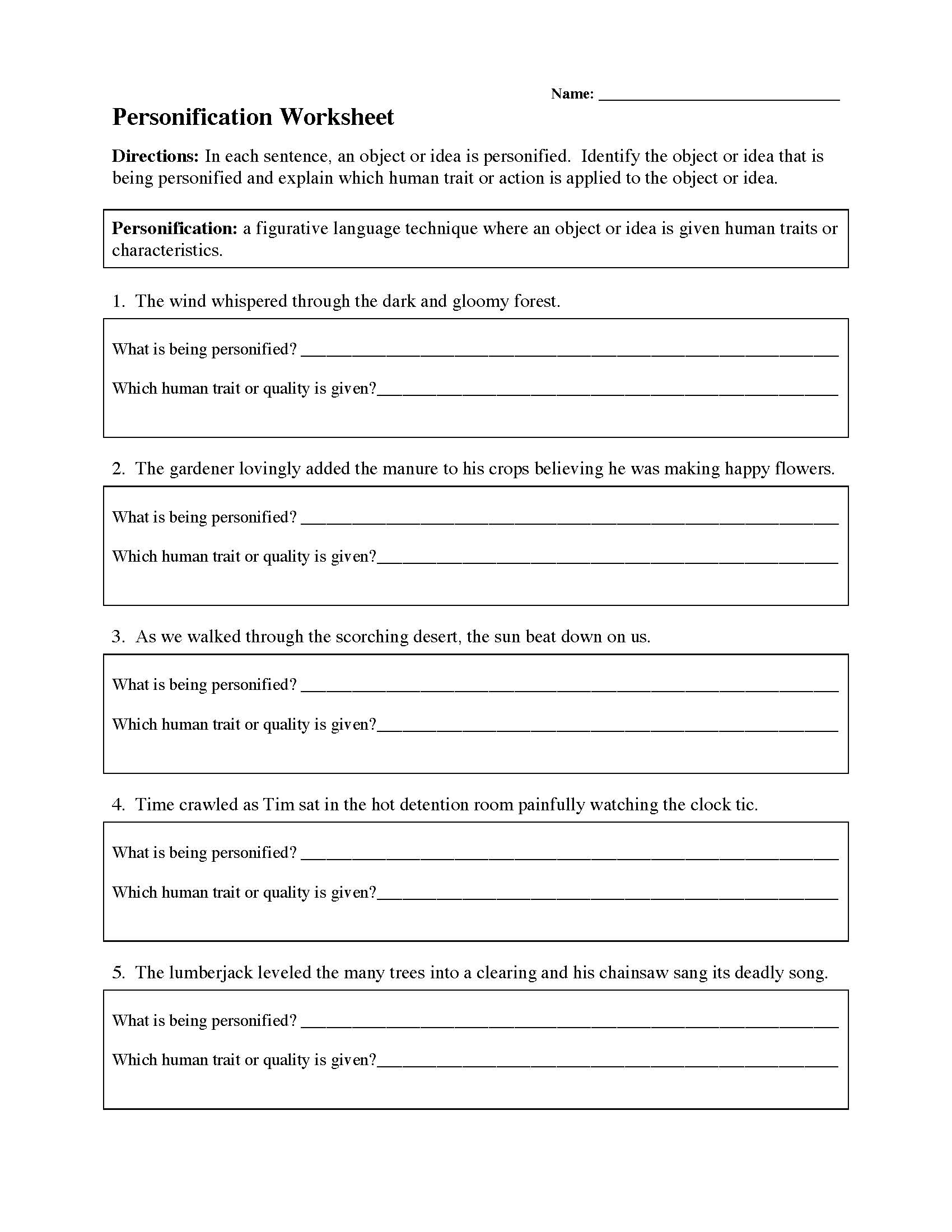



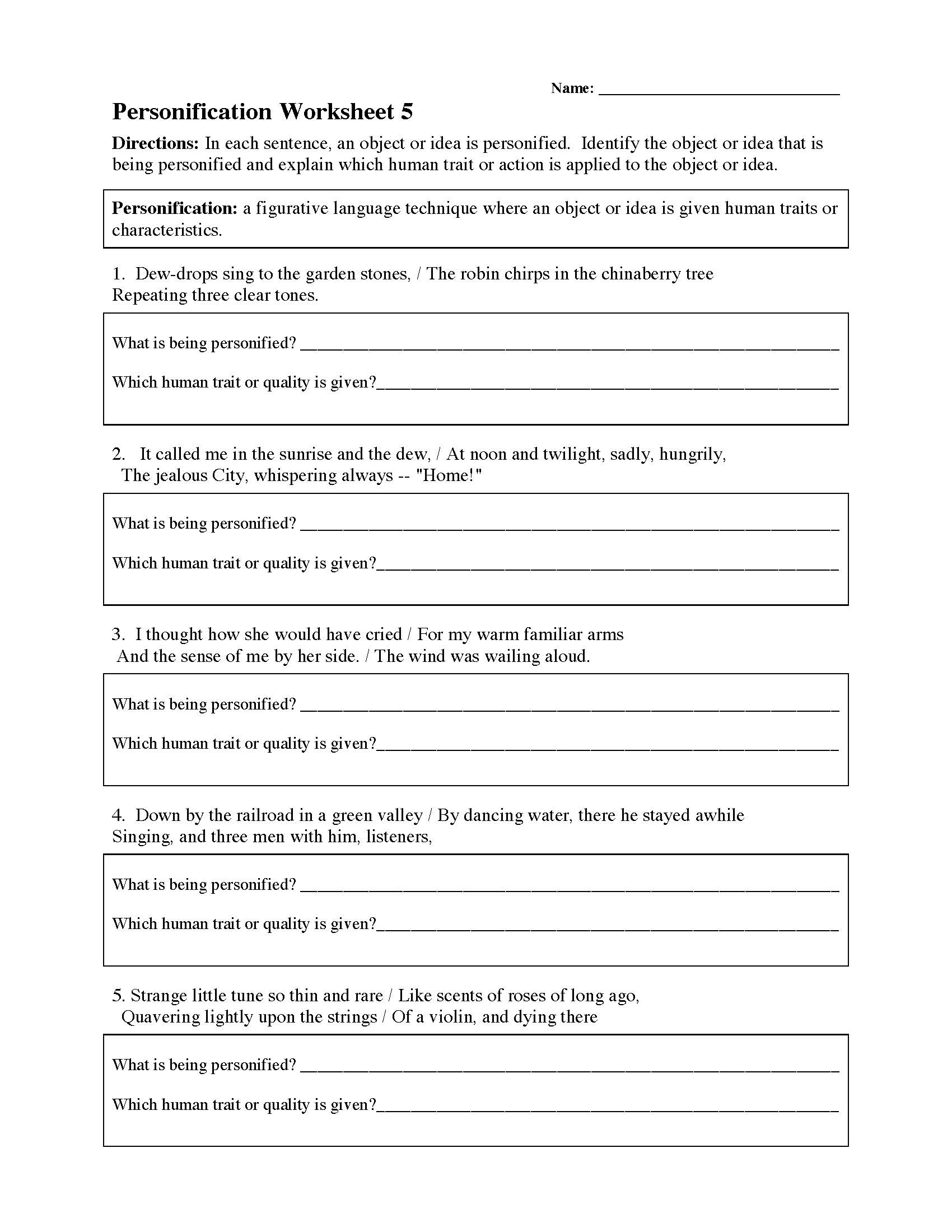
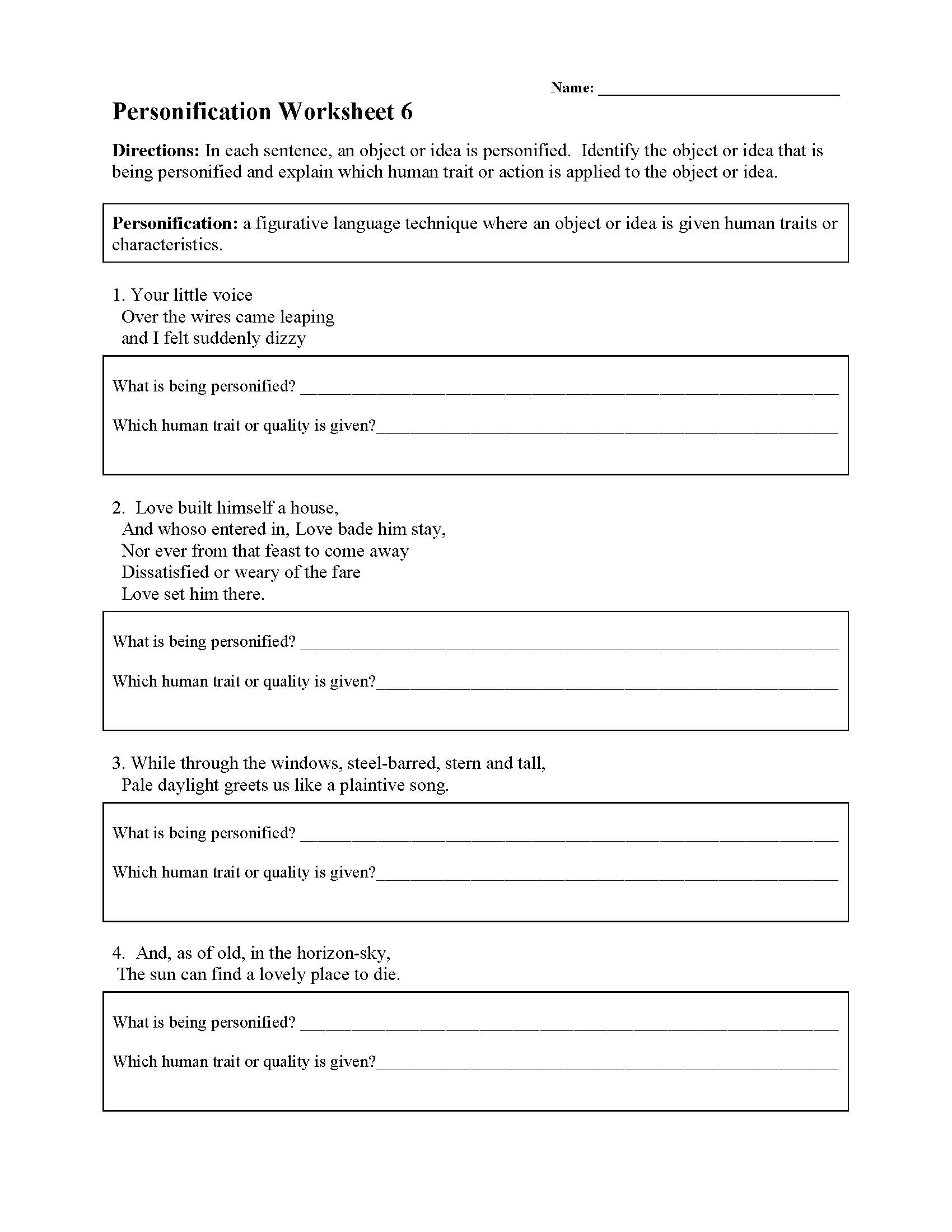
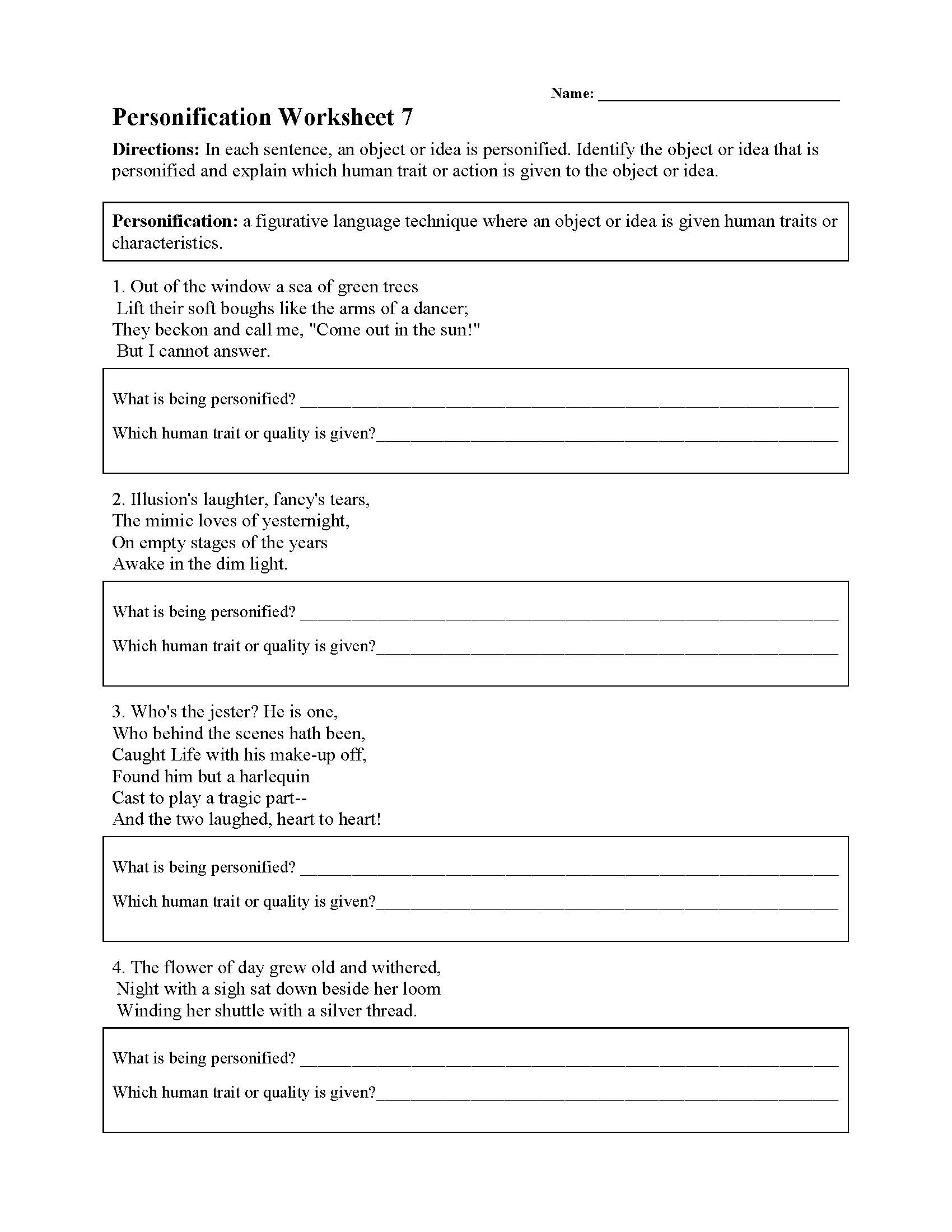
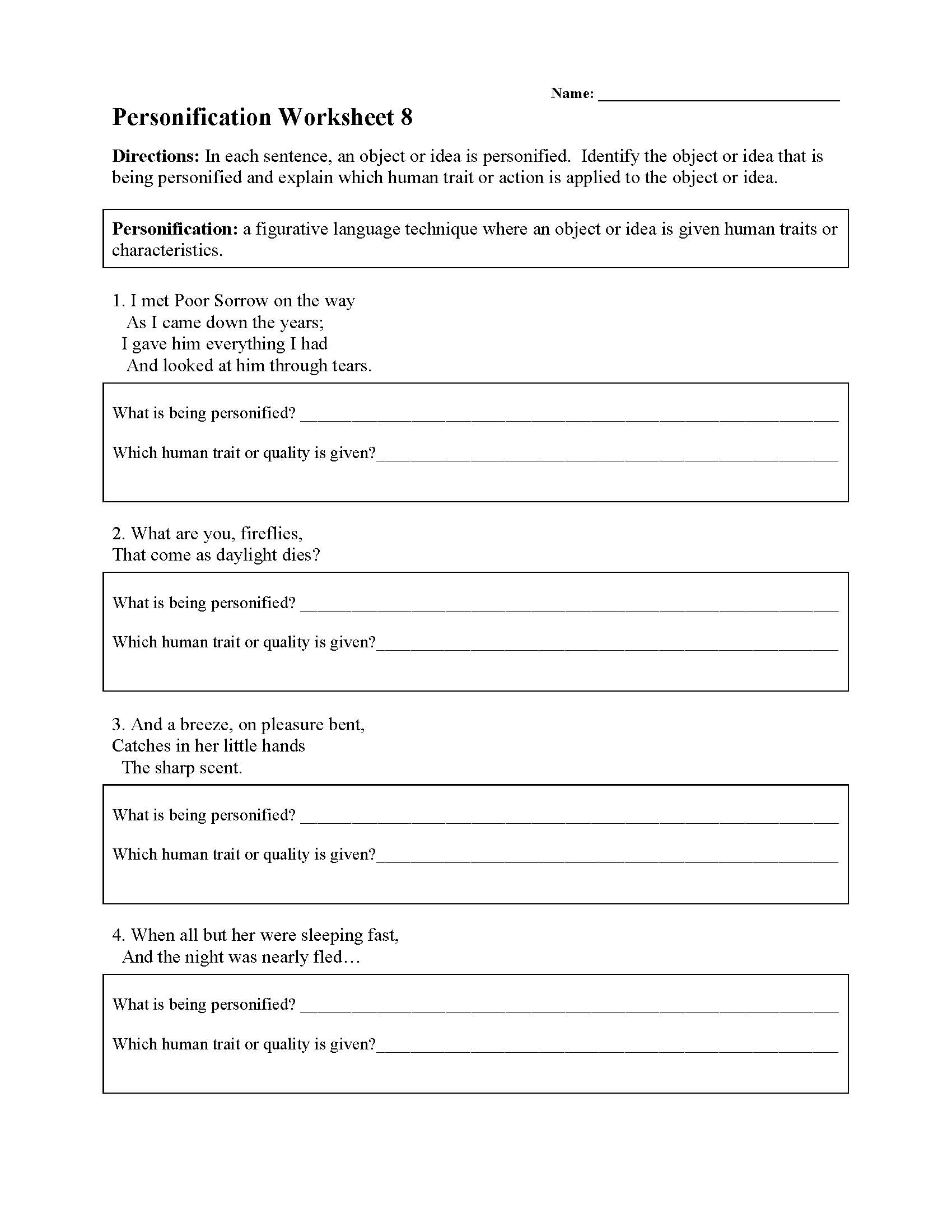
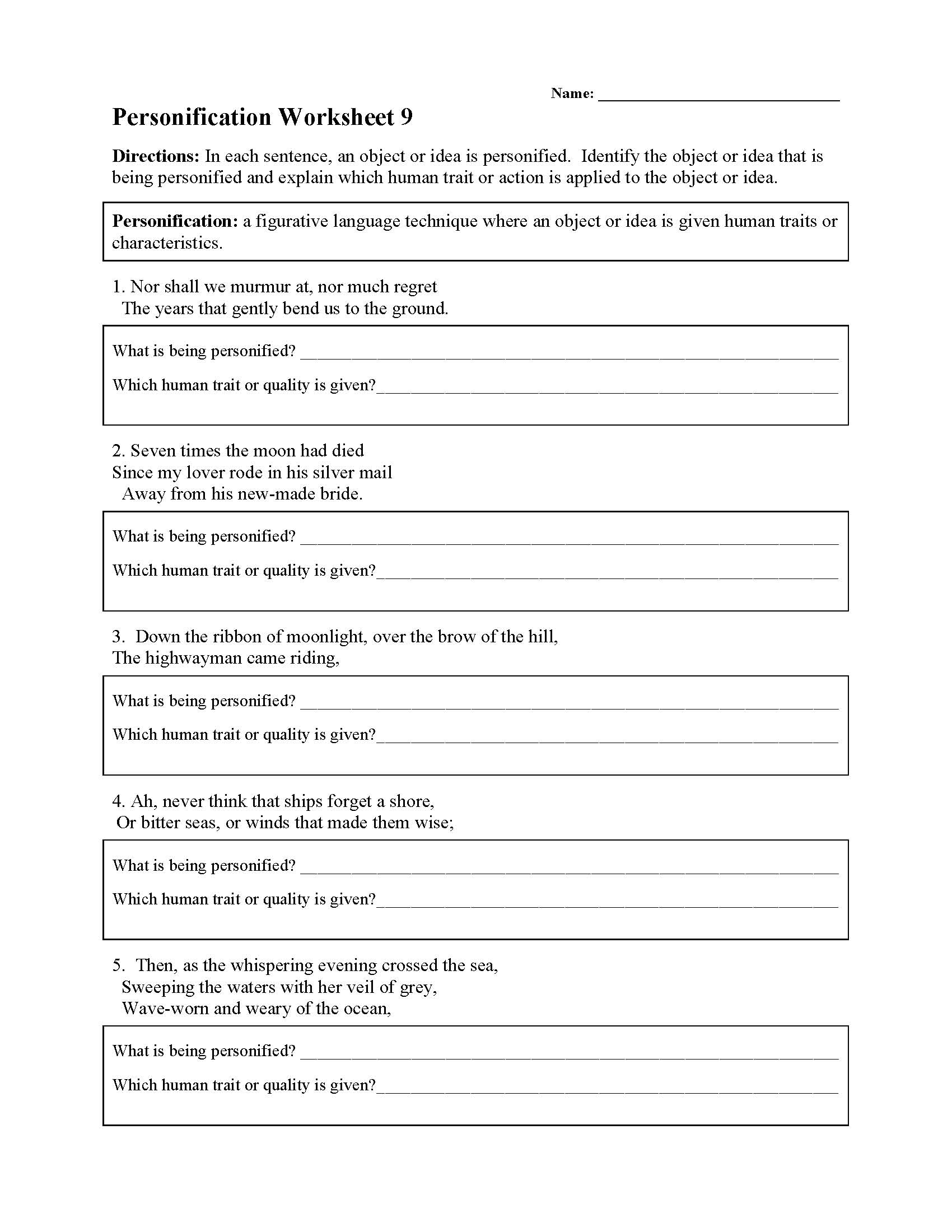
Personification
Common Core State Standards
RL.2.4 - Describe how words and phrases (e.g., regular beats, alliteration, rhymes, repeated lines) supply rhythm and meaning in a story, poem, or song.
RL.3.4 - Determine the meaning of words and phrases as they are used in a text, distinguishing literal from nonliteral language.
RL.4.4 - Determine the meaning of words and phrases as they are used in a text, including those that allude to significant characters found in mythology (e.g., Herculean).
RL.5.4 - Determine the meaning of words and phrases as they are used in a text, including figurative language such as metaphors and similes.
RL.6.4 - Determine the meaning of words and phrases as they are used in a text, including figurative and connotative meanings; analyze the impact of a specific word choice on meaning and tone.
RL.7.4 - Determine the meaning of words and phrases as they are used in a text, including figurative and connotative meanings; analyze the impact of rhymes and other repetitions of sounds (e.g., alliteration) on a specific verse or stanza of a poem or section of a story or drama.
RL.8.4 - Determine the meaning of words and phrases as they are used in a text, including figurative and connotative meanings; analyze the impact of specific word choices on meaning and tone, including analogies or allusions to other texts.
RL.9-10.4 - Determine the meaning of words and phrases as they are used in the text, including figurative and connotative meanings; analyze the cumulative impact of specific word choices on meaning and tone (e.g., how the language evokes a sense of time and place; how it sets a formal or informal tone).
RL.11-12.4 - Determine the meaning of words and phrases as they are used in the text, including figurative and connotative meanings; analyze the impact of specific word choices on meaning and tone, including words with multiple meanings or language that is particularly fresh, engaging, or beautiful. (Include Shakespeare as well as other authors.)
L.3.5a - Distinguish the literal and nonliteral meanings of words and phrases in context (e.g., take steps).
L.4.5 - Demonstrate understanding of figurative language, word relationships, and nuances in word meanings.
L.4.5a - Explain the meaning of simple similes and metaphors (e.g., as pretty as a picture) in context.
L.5.5a - Interpret figurative language, including similes and metaphors, in context.
L.6.5 - Demonstrate understanding of figurative language, word relationships, and nuances in word meanings.
L.6.5a - Interpret figures of speech (e.g., personification) in context.
L.7.5 - Demonstrate understanding of figurative language, word relationships, and nuances in word meanings.
L.7.5a - Interpret figures of speech (e.g., literary, biblical, and mythological allusions) in context.
L.8.5 - Demonstrate understanding of figurative language, word relationships, and nuances in word meanings.
L.8.5a - Interpret figures of speech (e.g. verbal irony, puns) in context.
L.9-10.5 - Demonstrate understanding of figurative language, word relationships, and nuances in word meanings.
L.11-12.5 - Demonstrate understanding of figurative language, word relationships, and nuances in word meanings.
L.11-12.5a - Interpret figures of speech (e.g., hyperbole, paradox) in context and analyze their role in the text.

Search here.
58 Comments
Leave a Reply
- Author's Purpose Worksheets
- Characterization Worksheets
- Conflict Worksheets
- Fact and Opinion Worksheets
- Figurative Language Activities
- Figurative Language Poems with Questions
- Genre Activities
- Irony Worksheets
- Making Predictions
- Mood Worksheets
- Nonfiction Passages and Functional Texts
- Parts of Speech Worksheets
- Poetic Devices
- Point of View Worksheets
- School Project Ideas
- Setting Worksheets
- Simile and Metaphor Worksheets
- Story Structure Worksheets
- Text Structure Worksheets
- Theme Worksheets
- Tone Worksheets
- ALL PAGES AND WORKSHEETS




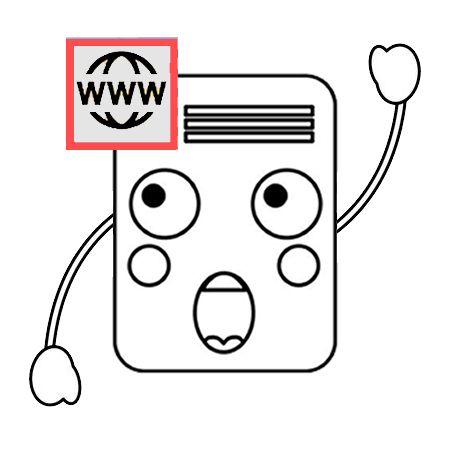

Thomas P Sliva
/ March 31, 2023These are perfect for the ELA state test prep…..soooooo timely! Thank you!
Polly Burgoon
/ March 29, 2022Thank you so much for your wonderful resources! I absolutely love them!
Kulton
/ January 21, 2022Hello! This website is great.
The “Personification Worksheet 9” Answers link leads to the “Personification Worksheet 8” Answer Key.
Can you please upload the correct answer key?
Thanks for taking the time to make this website and avail these resources to us!
Mr. Morton
/ September 24, 2022I fixed it. Thank you for pointing out this error.
Synthia Maxwell
/ January 9, 2022I love your worksheets! Would love to see some worksheets where students practice writing their own examples of personification. Thanks for all your work!
Mr. Morton
/ September 24, 2022Check out some of these figurative language activities. Thank you for visiting!
Daniel Liu
/ May 28, 2019I’m so exited to learn personification. Thank you so much
Andrea Balestrieri
/ September 26, 2018So helpful! My whole class passed this portion of the state test because I used these. Thank you!
Mr. Morton
/ September 27, 2018I’m so happy to hear it. Thank you for sharing your experience.
M. Bahri
/ March 19, 2018Great worksheets. I find some very helpful and use them for middle school students! Thanks!
snowflake
/ November 28, 2016I teach developmental reading at a college. Your worksheets have been a blessing. Thank you!
Lakshmi
/ September 29, 2016These are amazing .I am really happy that now I am able to differentiate simile metaphor and personification.Thank you so much ……
Liv Roonie
/ April 18, 2016It has helped my teacher and myself I’m in Std 5 and I’m always in the top #3. But , for some reason I needed to learn this subject a little more.
jagruti
/ January 7, 2016Good worksheets.They really help.
Valerie
/ December 1, 2015I love the worksheets and the variety provided. I really like the fact I can select specific sheets based on the students levels. This was my first time visiting, but will not be my last. Thanks!!
Mr. Morton
/ December 2, 2015I’m so happy to hear it. I am committed to continuing to develop and improve the site.
Justine
/ July 18, 2015Wow – what a site! I’m an Aussie teacher and this stuff is terrific. Thank you for these great worksheets! Summer Sun by Robert Louis Stevenson is another great poem which I use to help students identify personification.
Cheers
Justine
Tamia
/ April 28, 2015these worksheets are the best
Merlin
/ January 29, 2015I teach English as a second language to middle schoolers in Indonesia. Your worksheets have been very helpful. Thank you for sharing!
Mr. Morton
/ March 2, 2015I’m so happy to hear it.
Elaine
/ May 8, 2014I’m so grateful to you for sharing these fantastic resources
Angelique
/ May 6, 2014The worksheets are VERY useful!Thank you so much!
AnnaMaria
/ May 1, 2014Your worksheets are amazing, they are really helpful, can you to upload answers for personification…pleeease, thanks for sharing!!!
Jennifer Campbell
/ March 22, 2014Thanks for these worksheets. They are just what my Y4/5 students need. It has cut down on my lesson prep time too.
Keep them coming!!
Jennifer Campbell, Sydney, Australia
Mr. Morton
/ April 21, 2014I’m doing some big additions this summer.
You are going to love it.
Thanks for taking the time to comment.
Mrs. Allen
/ February 5, 2014These are great! I liked the ones you had on irony as well. Thank you for sharing! 🙂
Mr. Morton
/ February 7, 2014Awesome. Check out the new online versions:
Irony Practice 1
Irony Practice 2
happy
/ December 22, 2016i dont understand i want worksheets for grade 6
Chloe
/ January 6, 2014These worksheets were exactly what I needed to reinforce our lessons.
Thanks,
Chloe
Andrea F
/ December 9, 2013Thank you so much! I’m tutoring a student and we’re doing figurative language this week. I decided to start with personification as it can get quite fun. This is exactly what I was looking for.
CHRISTINA
/ December 4, 2013Concerned with the terminology in some of these examples-
Mr. Morton
/ March 30, 2017What concerns you?
sang
/ November 28, 2013Thank you for working so hard to create such solid interesting materials and then sharing them so selflessly. They are much appreciated.
Kiera
/ October 22, 2013I love these worksheets!! They are very helpful to my gifted students. Are there answers to these sheets?
tony
/ October 17, 2013very helpful…are the answers available?
Faith Purchase
/ September 19, 2013This is awesome!!
Simone
/ August 9, 2013I have been told that anthropomorphism is very similar to personification but the difference is that with anthropomorphism, the object or animal is actually doing something human. With personification, the object or animal just seems like it’s doing something human.
For example: “The fog waltzed through the hills.” This is personification.
“The fog grew legs, grabbed a partner, and waltzed through the hills to the tune of ‘Piano Man'” This is anthropomorphism.
Mr. Morton
/ August 9, 2013I am functioning under the definition that anthropomorphism is when an animal is given human traits or characteristics; however, the longer I run this site the more that I realize that arguing about literature terminology is like arguing about pizza toppings.
Leanna
/ April 28, 2013These worksheets were just what I was looking for and is there any way for me to view the answers?
Mr. Morton
/ May 1, 2013I will try to add answers soon.
Scott Neff
/ April 16, 2013Are the answer keys available for any of these worksheets?
Denise
/ April 16, 2013Thanks so much. They were just what I needed.
carol
/ March 9, 2013great worksheets on personification, thank you so much, I will use these in class on Monday!
Anjali
/ January 2, 2013Thanks got just what I was looking for!
Denikka
/ September 13, 2012These are wonderful, exactly what I needed.
faizaumar
/ May 28, 2012thanks 4 ur worksheets it helps me alot
Marie
/ March 29, 2012Are the answer keys available for the personification worksheets?
Marie
/ March 22, 2012Excellent worksheets!
Maricel Cua
/ February 21, 2012just what i need. hope you put the answers too. thank you.
Kimberly
/ November 9, 2011I find some of the sentences used in your personification worksheets offensive…we need to be careful what we chose as professional educators to write as examples.
Mr. Morton
/ November 14, 2011I agree. We should also preview all materials prior to using them in our classrooms. That way we can make sure that such materials meet our standards, professional or otherwise.
Ann
/ March 25, 2017Great answer!
Suzanne Williams
/ October 19, 2011LOVED THE WORKSHEETS! Very creative and fun too!
Evadne
/ October 8, 2011The worksheets were just what I needed for my students. Thanks a million!
Mr. Morton
/ October 10, 2011Happy to help. Thanks for visiting!
Onykahonie
/ May 11, 2011Just what I was looking for; Thanks!
Roxanne
/ April 20, 2011These worksheets are perfect! Thanks!
Martha Parnell
/ March 18, 2011I found your worksheets on figurative Language very helpful.